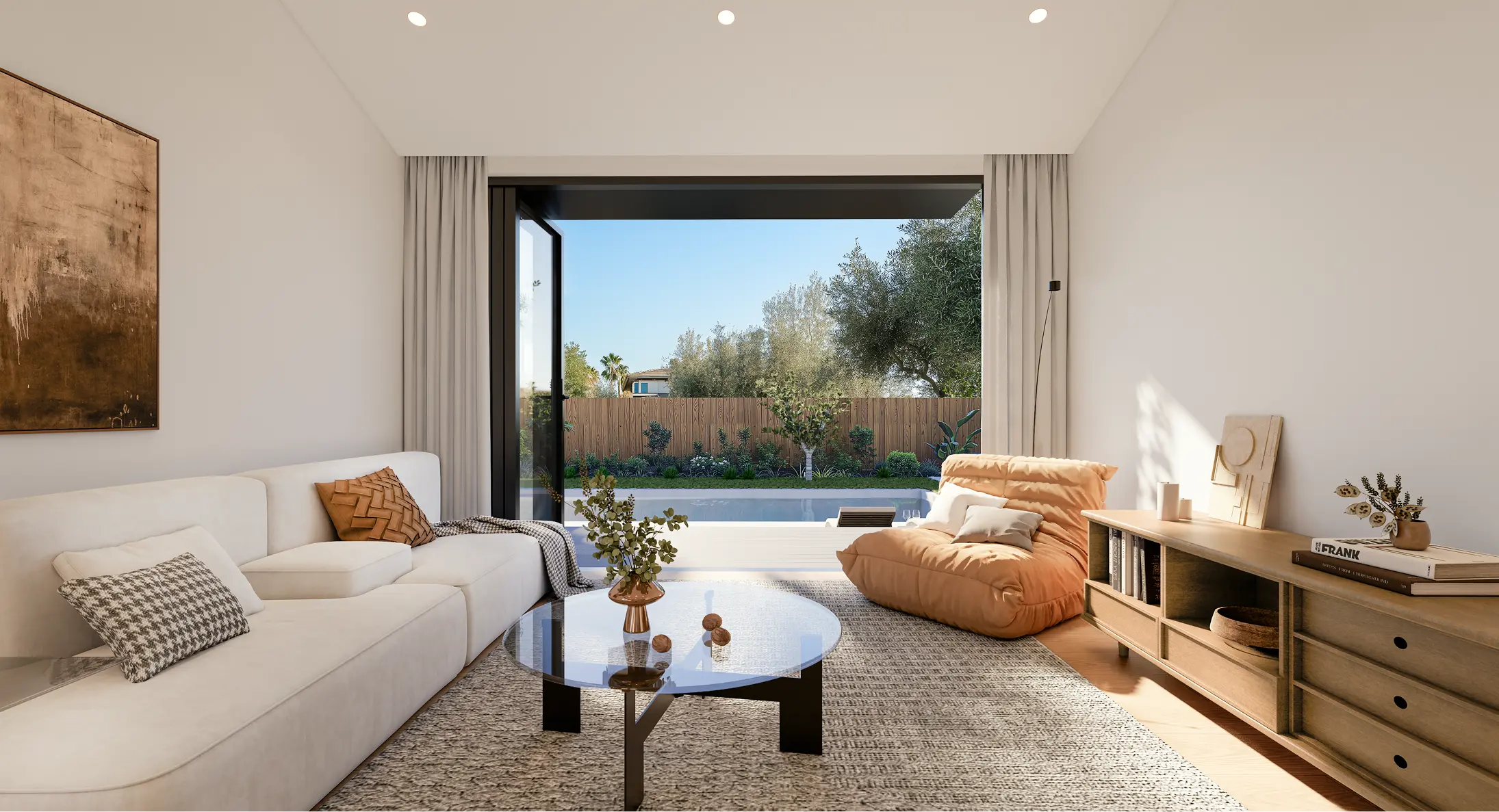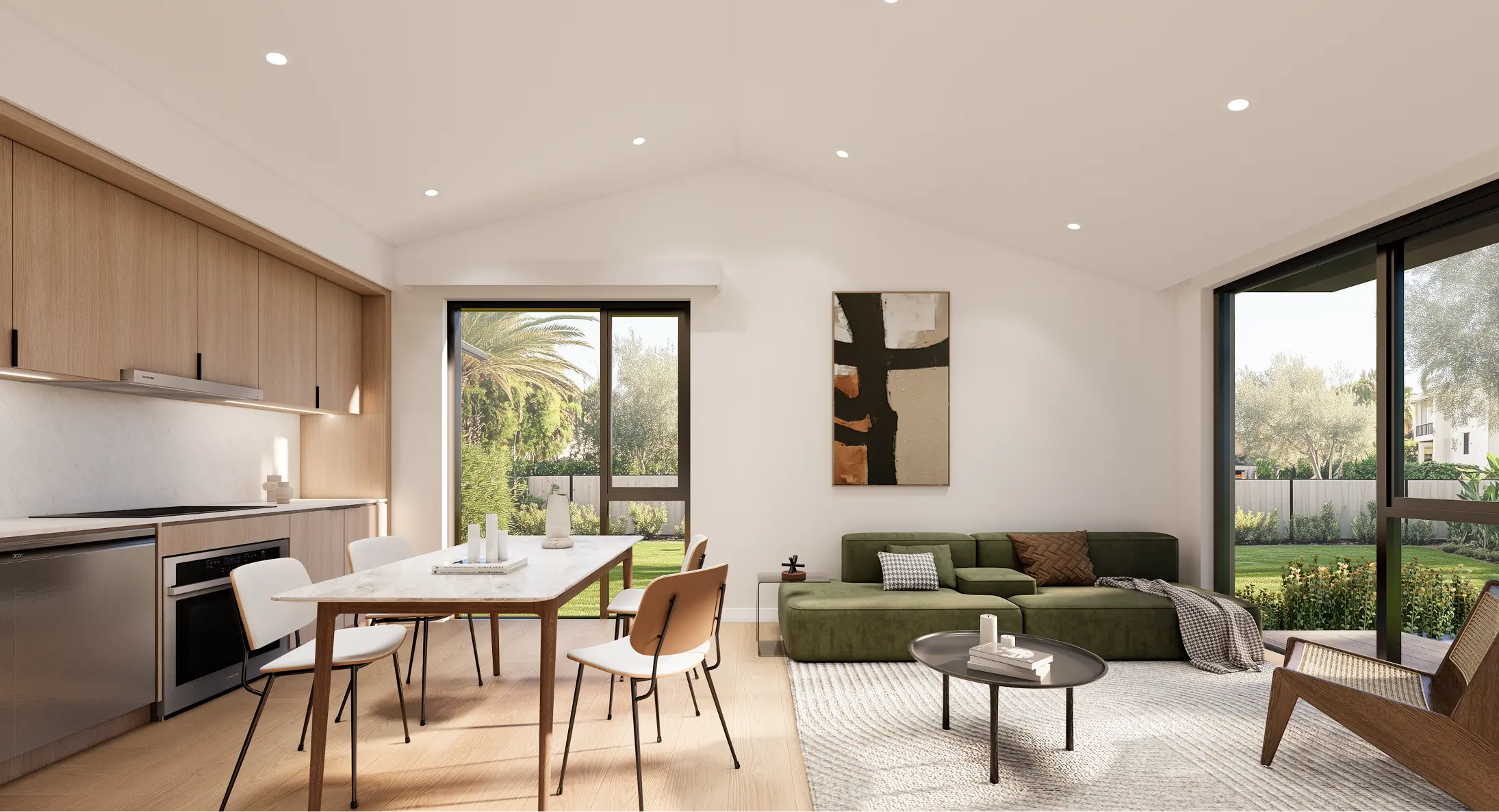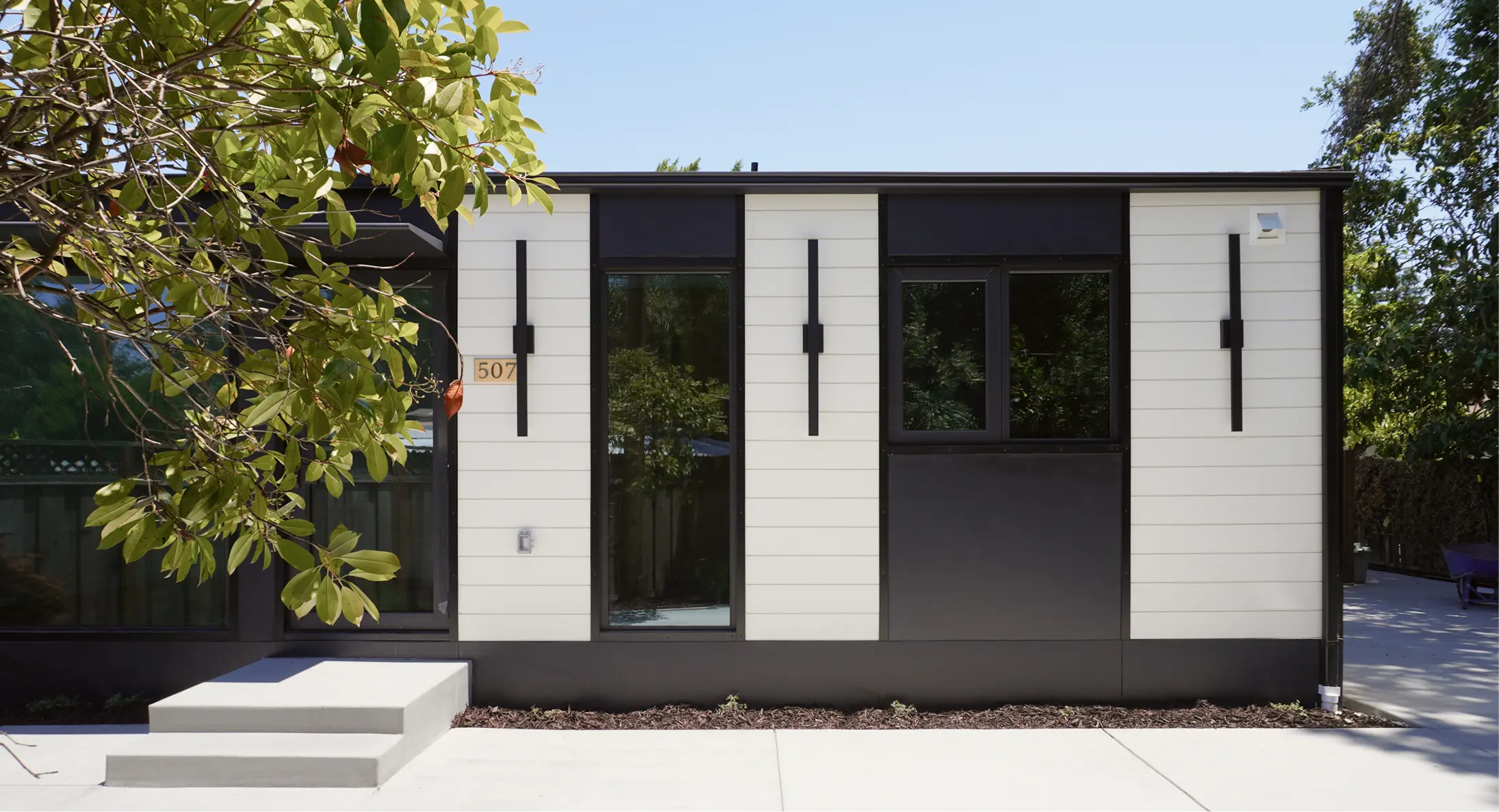
What LA Homeowners Learned From Their 2025 ADU Projects — And What You Should Know Before Building in 2026
The Environmental Benefits of Prefab and Modular Homes in Wildfire Recovery

The Environmental Benefits of Prefab Homes in Wildfire Recovery
Wildfires leave behind devastation, displacing families and destroying homes. In the aftermath, rebuilding efficiently and sustainably becomes a top priority. Prefabricated and Modular Homes have emerged as an eco-friendly and resilient housing solution, providing a faster and more environmentally conscious way to recover from wildfire destruction. Companies like LiveLarge are at the forefront of this movement, offering innovative modular and prefab homes equipped with solar panels and other sustainable features.
Reduced Construction Waste
Traditional home construction generates significant waste, from excess materials to demolished structures. According to the Environmental Protection Agency (EPA), construction and demolition debris account for more than 500 million tons of waste annually in the U.S. Prefab and modular homes, on the other hand, are built in controlled factory environments where materials are optimized and waste is minimized. By manufacturing components with precision, these structures reduce excess scrap materials and eliminate on-site inefficiencies. LiveLarge ensures that every component of their ADUs is designed with efficiency in mind, reducing the environmental footprint associated with rebuilding after a wildfire.
Additionally, factory-built homes require fewer deliveries to the site, cutting down on transportation-related emissions. Traditional home construction often involves multiple deliveries of lumber, concrete, and other materials, whereas prefab units arrive in complete sections, ready for assembly. This not only reduces waste but also lowers the carbon footprint of reconstruction efforts.
Energy Efficiency and Renewable Energy
One of the standout features of LiveLarge modular and prefab homes is their integration of solar panels. These units harness renewable energy, reducing reliance on fossil fuels and lowering electricity costs for homeowners. In wildfire-prone regions where power outages are common, solar energy can provide a reliable, off-grid energy source, increasing energy independence for residents.
Additionally, prefab homes are built with high-performance insulation, energy-efficient windows, and triple-pane tempered glass, which enhances thermal efficiency and minimizes heat loss. This level of insulation helps maintain indoor temperatures more effectively, reducing the need for heating and cooling, which are among the largest sources of residential energy consumption.
Many modular homes also incorporate passive design strategies, such as strategic window placement for natural light and ventilation, further reducing energy usage. Smart home technology, such as automated thermostats and energy-efficient LED lighting, can be integrated into these homes to maximize energy savings.
Sustainable Materials and Fire-Resistant Design
Prefab and modular homes are often constructed using sustainable materials that are both durable and fire-resistant. Many of the materials used in traditional homebuilding, such as untreated wood, are highly combustible and vulnerable to fire damage. LiveLarge, however, utilizes non-combustible materials such as fiber cement siding and steel framing, which significantly improve the resilience of their structures against wildfires. These materials not only enhance fire resistance but also contribute to a longer lifespan for the home, reducing the need for future repairs and replacements.
In addition to fire-resistant siding and framing, LiveLarge ADUs incorporate metal roofing, which is highly resistant to airborne embers—a leading cause of home ignition during wildfires. Furthermore, the use of fire-rated exterior doors and ember-resistant venting systems ensures additional layers of protection, helping to prevent fire from spreading into the home.
By utilizing these fire-resistant materials, modular and prefab homes help homeowners rebuild more safely while reducing long-term maintenance costs and environmental impacts.
Faster and Lower-Impact Construction
Unlike traditional homes that require months or even years to build, prefab homes can be manufactured and installed in a fraction of the time. LiveLarge’s streamlined construction process ensures a lower carbon footprint by reducing on-site labor, emissions from heavy machinery, and transportation of materials. Since these units are built in a controlled environment, there are fewer delays due to weather, material shortages, or labor disruptions, making the rebuilding process far more efficient.
Faster construction also benefits wildfire survivors by allowing them to return to their properties sooner. Extended displacement after a disaster can be emotionally and financially draining, making the quick deployment of ADUs a practical solution. Additionally, minimizing the environmental impact of rebuilding efforts helps preserve local ecosystems, which are already fragile after a wildfire event.
Water Conservation and Smart Home Technology
LiveLarge modular homes also incorporate water-efficient fixtures, rainwater harvesting systems, and smart home technology to optimize resource usage. In wildfire-prone regions, drought conditions can further strain local water supplies, making water conservation a crucial aspect of rebuilding efforts.
By using low-flow toilets, faucets, and showerheads, prefab homes significantly reduce water consumption without sacrificing performance. Rainwater harvesting systems collect and store water for landscaping and non-potable household use, helping homeowners maintain their properties while reducing demand on municipal water supplies.
Smart irrigation systems can also be integrated into these homes, ensuring that landscaping receives only the necessary amount of water based on weather conditions and soil moisture levels. These small but impactful changes contribute to a more sustainable post-wildfire rebuilding process.
A Model for Sustainable Community Rebuilding
Beyond individual homeowners, modular homes can play a significant role in rebuilding entire communities affected by wildfires. Many local governments and nonprofit organizations are recognizing the benefits of prefabricated housing as a solution to wildfire recovery, particularly for providing temporary or permanent housing to displaced residents.
LiveLarge prefab homes offer a scalable, adaptable model for rebuilding wildfire-affected communities while prioritizing environmental responsibility. By embracing sustainable construction practices and renewable energy integration, these units help establish more resilient, eco-friendly neighborhoods that are better equipped to withstand future climate challenges.
A Sustainable Path to Recovery
Rebuilding after a wildfire presents an opportunity to make smarter, more sustainable choices. LiveLarge modular homes provide an eco-friendly alternative to traditional construction, with benefits such as reduced waste, renewable energy integration, fire-resistant materials, and efficient building processes. By choosing these innovative housing solutions, homeowners can create resilient, energy-efficient living spaces that contribute to a healthier environment while ensuring long-term sustainability in wildfire-affected areas.
Investing in a prefab home from LiveLarge is not just about rebuilding—it’s about building smarter, stronger, and more sustainably for the future. As wildfires continue to pose a threat to communities across California and beyond, adopting resilient and environmentally friendly housing solutions is essential for protecting both lives and landscapes.
Discover More

What LA Homeowners Learned From Their 2025 ADU Projects — And What You Should Know Before Building in 2026

Cost Per Square Foot in California: Why Homeowners Shouldn’t Trust This Number Alone

Why Bay Area and LA Homeowners Are Building ADUs Now — and Winning Big
About Us
